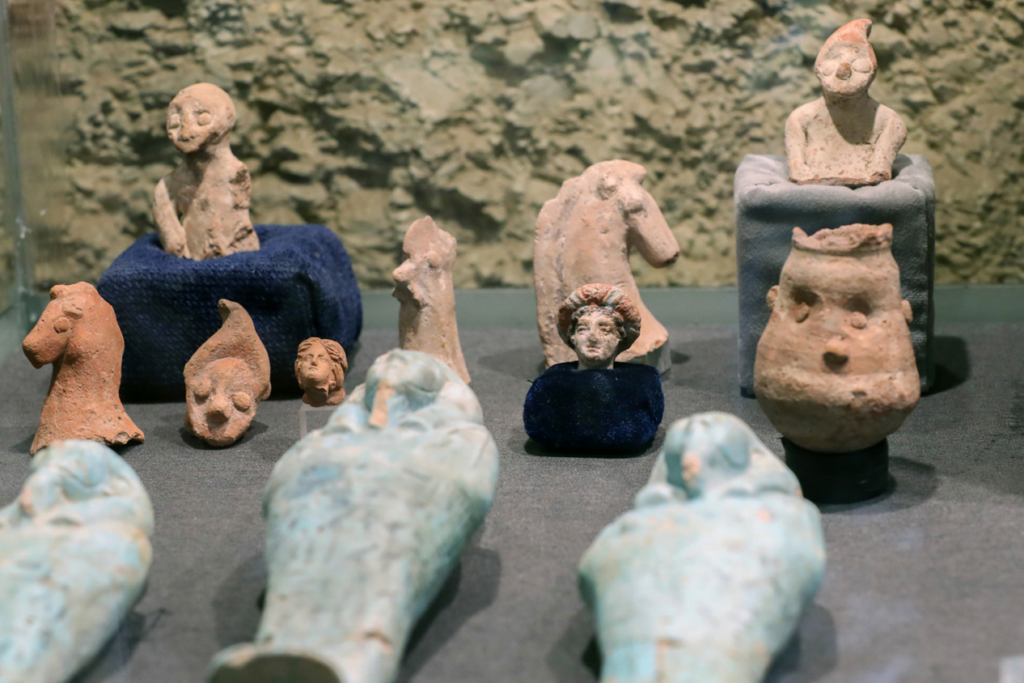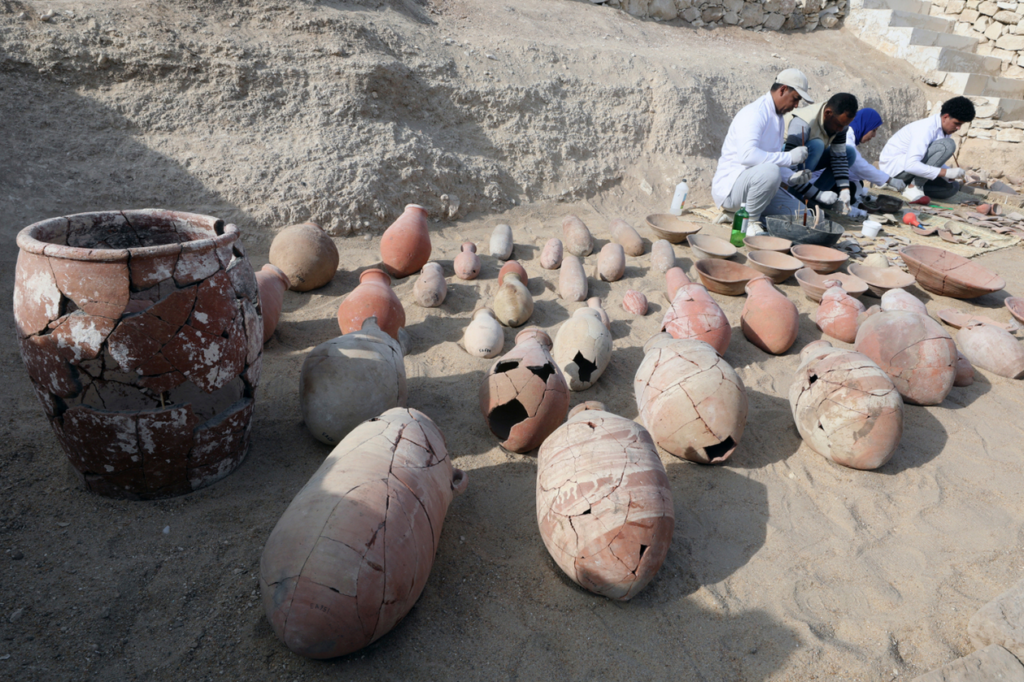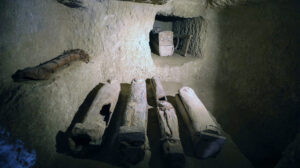The Egypt has announced new archaeological revelations involving tombs of high-ranking officials from 4.000 years ago and artifacts from the Hatshepsut era, in an archaeological necropolis of the famous city of Luxor.
The artifacts, unearthed after a three-year excavation, were found in the site of Dair al-Bahari, the necropolis of Teba on the west bank of the Nile River, said Egyptologist Zahi Hawas, who led the expedition in cooperation with Egypt’s Supreme Council of Antiquities.
The discoveries span the period from the 15th dynasty (1650-1550 BC) to the powerful 18th dynasty (1550-1292 BC) that includes pharaohs such as Hatshepsut and Tutankhamen.
The team discovered an intact part of the structure of the temple of Pharaoh Hatshepsut, as well as artifacts mainly in relief and inscriptions in vivid colors that have been preserved in remarkably good condition.

The 1,500 decorated boulders depict the queen and her successor, Tubos III’, performing religious rituals.
“These are the most beautiful scenes I’ve seen in my life,” said Howas, who presented these discoveries.
“This is the first time we have a final set of the decoration of an 18th dynasty temple,” he told reporters.
Beneath the temple’s foundations, archaeologists discovered an intact storage of ritual tools engraved with Hatshepsut’s name.
They also discovered, among other things, tombs of high-ranking officials carved into the rock from the Middle Kingdom period and a tomb of “the palace caretaker” of Queen Titiseri of the 17th Dynasty, grandmother of King Amos, who drove the Hyksos out of Egypt. The Hyksos, conquerors of western Asia who took control of the Nile Delta around 1638 BC, ruled parts of Egypt until their defeat and expulsion by King Amos in 1530 BC.

Wells containing wooden coffins decorated with the 17th Dynasty emblem as well as children’s graves containing toys and parts of the Ptolemaic necropolis of Assasif near the temple of Hatshepsut were also discovered.
Today’s announcement comes as Egypt steps up efforts to restart its tourism sector, a much-needed source of foreign currency for the struggling economy.
After receding following the political unrest that followed the 2011 uprising, tourism has begun to recover in recent years.
Last year, Egypt welcomed 15.7 million tourists and hopes to attract 18 million visitors this year.
Ask me anything
Explore related questions





